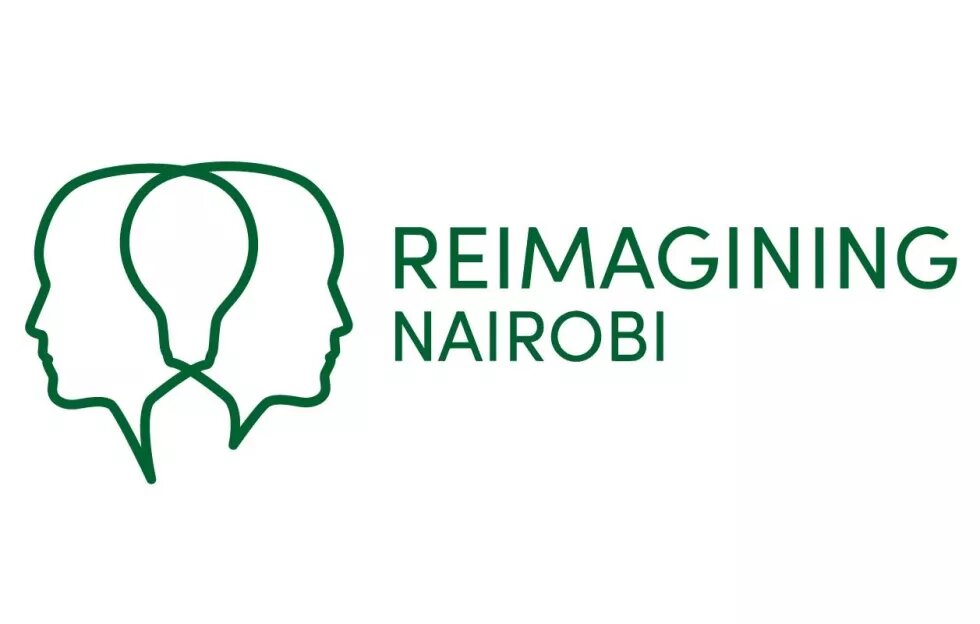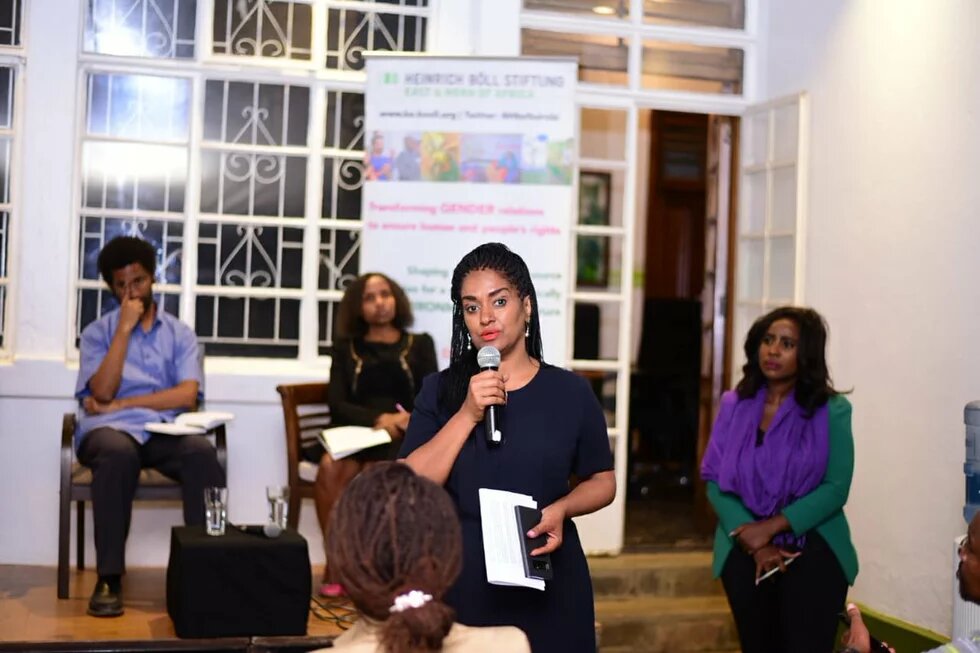

According to Re-Imagining Nairobi, a striking part of the discourse around issue based politics in Kenya and the future of Kenya is the lack of room to imagine. We are often mired in the “what is” and the “this is Kenya” conversations, allowing room for marginal improvements at best and cynicism at worst. But what if we expanded the space for imagination, to accommodate possibilities to imagine for instance a Nairobi where public spaces are important and designed to work for the intended users both aesthetically and functionally? Spaces where fundamentals for urban spaces like footpaths and organized traffic flow are prioritized in development planning.
Re-Imagining Nairobi is serializing conversations intended to open discussions to include...what Nairobi could be. The very first conversation in the series is focused on addressing Nairobi’s congestion problem.Congestion Pricing as a Solution to Nairobi’s Traffic Problem
The very first panel discussion in the series took place on June 14, 2018 at the Heinrich Boell Foundation on Wangari Maathai road, Nairobi. The focus of the first panel discussion was a debate on congestion pricing as a solution to Nairobi’s traffic problem and was informed by an analytical afro-futurist paper on the same. The paper by John Kidenda, written as part of the Re-Imagining Nairobi series, argues that the most effective way to reduce traffic congestion in Nairobi would be to implement a congestion pricing scheme in the city center and immediate surrounding suburbs. This would be modeled off the experience of major cities, such as Singapore and London, which have faced traffic problems analogous to those currently being dealt with in Nairobi.
Nairobi, the capital city of Kenya, is one of the largest and most dynamic of Africa’s emerging cities. The city is known as the economic hub of the East African region playing host to a number of major multinationals, multilateral institutions, locally run businesses and a rapidly growing population of over 4.6 million people. Yet, Nairobi is also known to have one of the highest levels of commuter pain in the world, with traffic congestion estimated to cost the city over $200 million a year. The Nairobi County Government has put in place various measures in an attempt to curb this high and growing cost to the city. However, the current and planned set of infrastructure-centric interventions miss the mark on three critical dimensions:
- They fail to take into account the large infrastructure backlog that has been created by the rapid pace of rural to urban migration. This backlog points to a level of pent-up demand for road infrastructure that is unlikely to be satisfied, even if the county’s most aggressive construction targets were to be achieved.
- The current set of solutions often fails to take into account concerns about the equity of access to transportation services. As a result, they are likely to further the trend of prioritizing personal mobility options used by the more affluent residents of the city, at the expense of alternatives that encourage public transit and other forms of transport used by less affluent residents.
- The solutions fail to directly address the chief cause of congestion i.e. the unsustainably high number of vehicles that require access to key roads in the city center and its immediate suburbs.
As a result, the recent burst of new construction in the city is not likely to solve Nairobi’s traffic congestion problem.
The current set of solutions being considered by the county and national governments reflect the power dynamics that shape the city’s current transportation landscape. Whilst it is true that these dynamics will affect any policy intervention designed to address this problem, there is an argument to be made that there are alternative solutions to the traffic congestion problem, that both account for factors such as political feasibility, and do more to address the problem directly in a manner that accounts for concerns around equity of access to critical services.
Nairobi does not have a plan for the introduction of congestion pricing. Instead, the Nairobi Integrated Urban Development Master Plan (NIUPLAN) focuses exclusively on building road and public transportation infrastructure. Whilst such solutions may be useful for addressing the challenge of inadequate infrastructure, they are not likely to address what is arguably the city’s most pressing challenge; providing accessible and efficient access to transportation services for its residents. By implementing the plan in its current form, the city runs the high risk of spending hundreds of millions of dollars on infrastructure that will not only result in little to no reduction in traffic congestion but also serve to further marginalize residents without access to personal vehicles. John Kidenda advocates for the urgent reformulation to include congestion pricing.
For the full article, visit: http://reimaginingnairobi.co.ke/congestion-pricing/
In attendance at the very first panel discussion were, among others, Hon. Esther Passaris, Woman Representative for Nairobi County, activist Boniface Mwangi and artist Juliani as well as architects, city planners and other members of the public. The discussion evolved around the fact that Nairobi city roads are not designed with people at the centre, and that there is a lack of enforcement of regulations and laws governing traffic. Hon. Esther Passaris committed to take the recommendations proposed forward as part of her mandate.
Can the Growing Cycling Community Build an Alternative Solution to Nairobi traffic?
Walking is the primary mode of transport for more than 50% of Nairobi residents. Yet road works do not take into account the infrastructure needs of pedestrians and cyclists. Whilst daily cycling is not yet a popular habit in Nairobi, it is nevertheless a mode of transport that promises to play a significant role in mobility and traffic management. Can we re-imagine how we can grow the cyclist community in Nairobi as an alternative and important mode of transport? Come and be part of the discussion.
Join us this Saturday, 11th August, 2018 for a 15km ride around the city and the second panel discussion focused on Cycling in Nairobi. The ride will start at 8am at KICC grounds and will end at the Heinrich Boell Foundation office on Prof. Wangari Maathai road where a panel discussion will start at 10am.
For more details and registration for the event, visit: https://www.eventbrite.com/e/cycling-nairobi-tickets-48402215329?aff=ehomecard